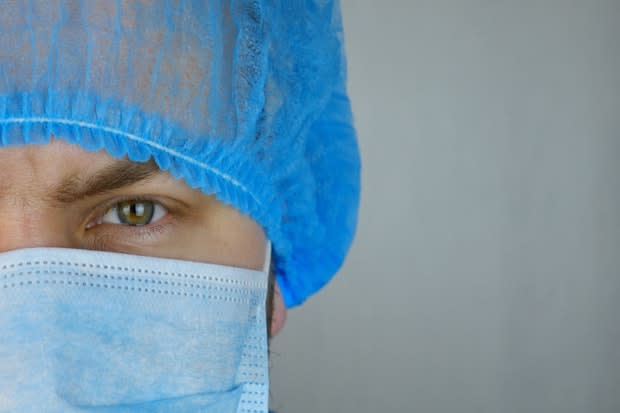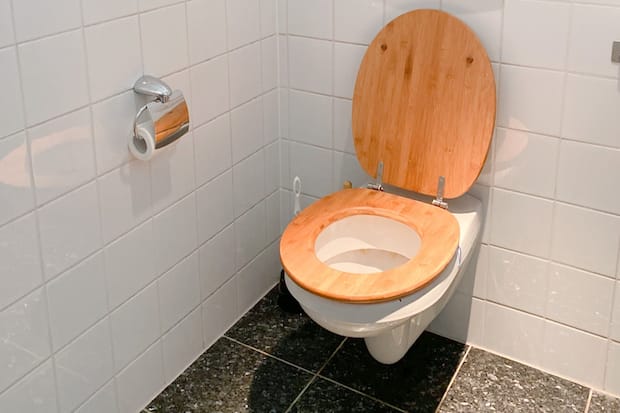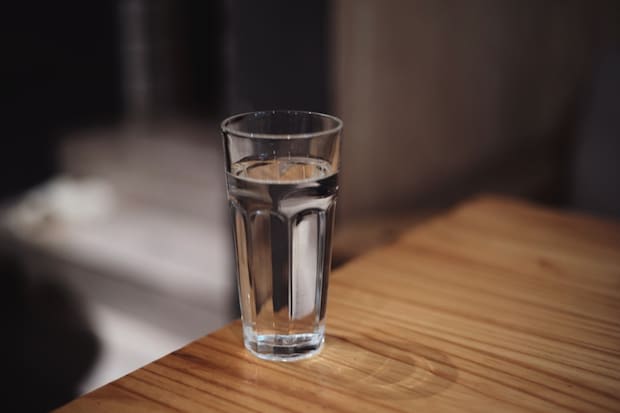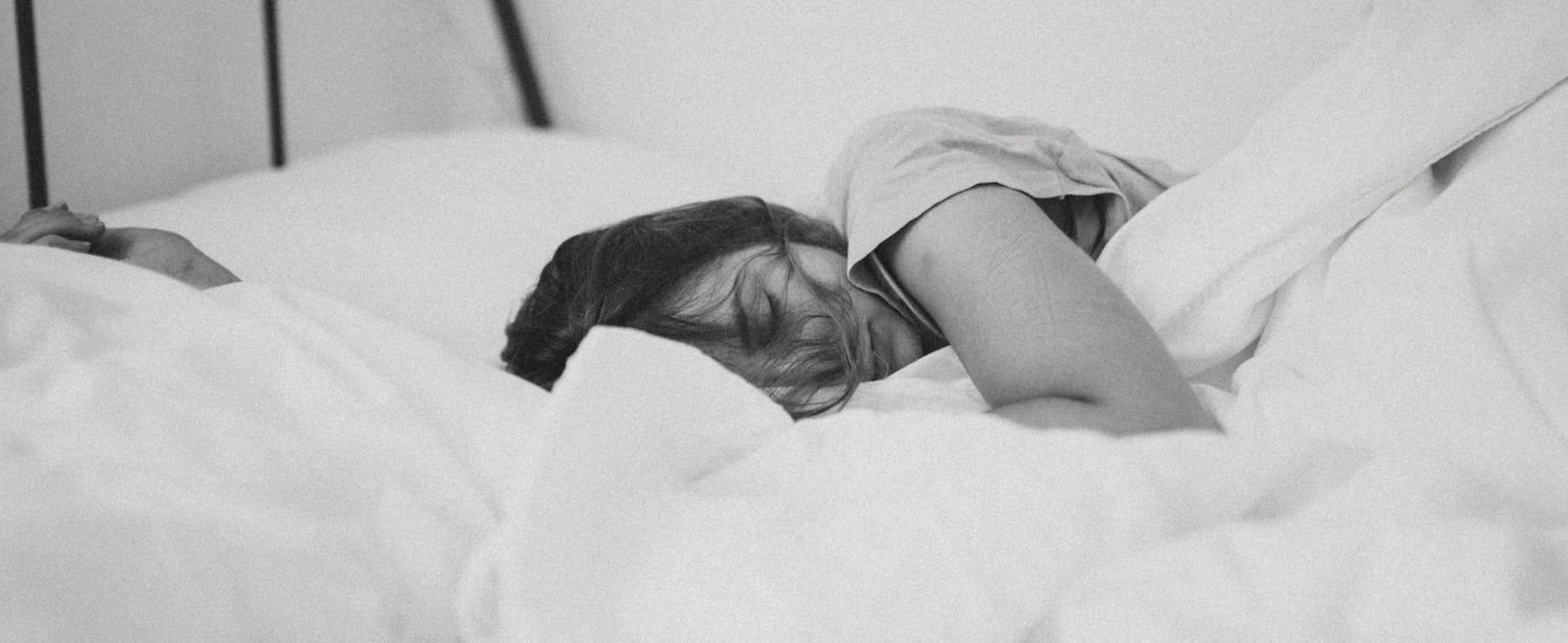Table of Contents
I. Types of Urinary Tract Infections
a. Tips for Emotional Wellbeing
b. Improving Physical Wellness
c. Social Support and Community
III. Frequent and Recurring Infections
Types of Urinary Tract Infections
Urinary tract infections (UTIs) are extremely common. Women, babies, and older adults are the most susceptible to this infection. It is estimated that one in every two women will experience a UTI during their life. For men, around one in 20 will contract this condition. [1]
UTIs can be very painful and unpleasant. Routinely, doctors may prescribe antibiotics like Macrodantin (nitrofurantoin macrocrystal), Macrobid (nitrofurantoin), Monurol (fosfomycin), or Keflex (cephalexin) to treat symptoms and expedite the recovery process. If you think you have a UTI, a trip to your doctor’s office may be necessary. Your doctor may diagnose you with one of these three types of UTIs:
a. Urethritis
Your urethra is a tube that connects your bladder to the outside world. When you urinate, urine travels from the bladder, through the urethra, and out of the body. Infection and inflammation can occur to the urethra because of its proximity to the sexual and excretory systems. If it hurts to urinate, you likely have urethritis (urethra infection). Some other symptoms of urethritis include:
- Difficulty starting the flow of urine
- Frequent urge to urinate
- Pain during sex
- Discharge from urethral or vagina opening (for women)
- Blood in the urine or semen (for men)
Generally, it is bacteria that cause urethritis. Gonococcus, chlamydia trachomatis, and the herpes simplex viruses (HSV-1 and HSV-2) are sexually transmitted, while bacteria like E. coli come from your large intestine. [2]
Your bladder lining can become inflamed if the infection travels beyond your urethra and reaches your bladder. If this happens, you may develop cystitis. Symptoms of cystitis include: Cystitis is painful but isn’t dangerous or contagious. However, untreated cystitis can travel deeper into your urinary system and cause a kidney infection. [3] Pyelonephritis is a kidney infection. While kidney infections can lead to serious health problems, early intervention can usually prevent complications. Symptoms of a kidney infection include: Catching an infection in its inflammation phase is important for preventing serious illness. If you have a kidney infection, you may require bed rest and antibiotics through a vein in your arm (IV). You may want to contact your doctor immediately if you display any of the above symptoms. [4] Once you have contacted your doctor and worked on a treatment plan for your UTI, there are steps you can take to ease the discomfort while you recover. Small adjustments to your lifestyle can make a big difference. Dealing with a UTI can cause significant emotional stress. The pain from UTIs can be agonizing. It is not unusual to feel mood swings and anxiety even while you see gradual results from your treatment. You may want to try mind-body techniques if you find that your emotional wellbeing is in jeopardy. Techniques that you can try include: Adjusting your lifestyle to improve your physical wellbeing is equally as important as your mental health. Emotional and physical wellness are often linked, so here are some tips on how to feel your best while dealing with a UTI: Heating pad: a heating pad can help ease some of the pain in your lower abdomen by reducing the pressure in your bladder. Drink more water: drinking around eight glasses of water a day can help flush bacteria out of your urinary tract. Water is also essential for helping antibiotics get to the urinary tract. The amount of water you drink will depend on factors like your age, weight, and medical conditions. Cutting back on beverages like alcohol, soda, or coffee can help you drink more water. Empty your bladder regularly: The purpose of drinking more water is to flush bacteria out of your urinary tract. If it hurts to urinate, you may want to hold it in. However, holding urine when it should be relieved cancels the benefits of drinking more water. In fact, holding urine for too long can lead to further bladder complications. Urinating when needed can speed up your recovery. [5] There are many support groups available because urinary tract infections are exceedingly common. Chances are, someone you know has experienced similar symptoms. Knowing that you are not alone in dealing with UTIs can improve your mood. Whether online or in-person, support groups can help if you are looking for someone to share the struggle. [5] Recovering from a UTI is cause for celebration, but keep in mind that UTIs can return. Recurring infections are common. If you experience frequent infections, revisit your treatment plan with your doctor. It is definitely difficult to deal with UTIs, but prescription antibiotics like Macrodantin (nitrofurantoin macrocrystal), Macrobid (nitrofurantoin), Monurol (fosfomycin), and Keflex (cephalexin) can be effective in helping you return to your best self. The content in this article is intended for informational purposes only. This website does not provide medical advice. In all circumstances, you should always seek the advice of your physician and/or other qualified health professionals(s) for drug, medical condition, or treatment advice. The content provided on this website is not a substitute for professional medical advice, diagnosis, or treatment.
b. Cystitis
c. Pyelonephritis
Adjusting Your Lifestyle

a. Tips for Emotional Wellbeing
b. Improving Physical Wellness

c. Social Support and Community
Frequent and Recurring Infections
